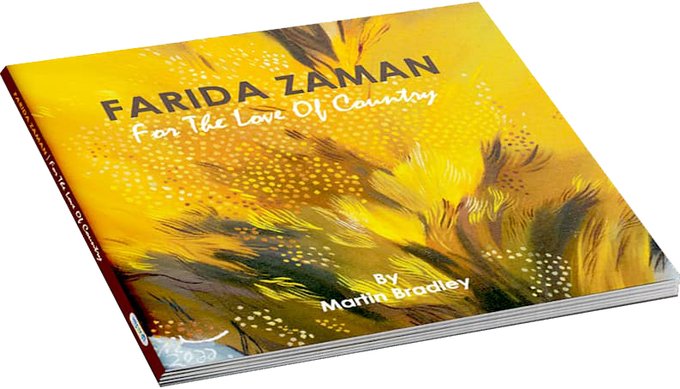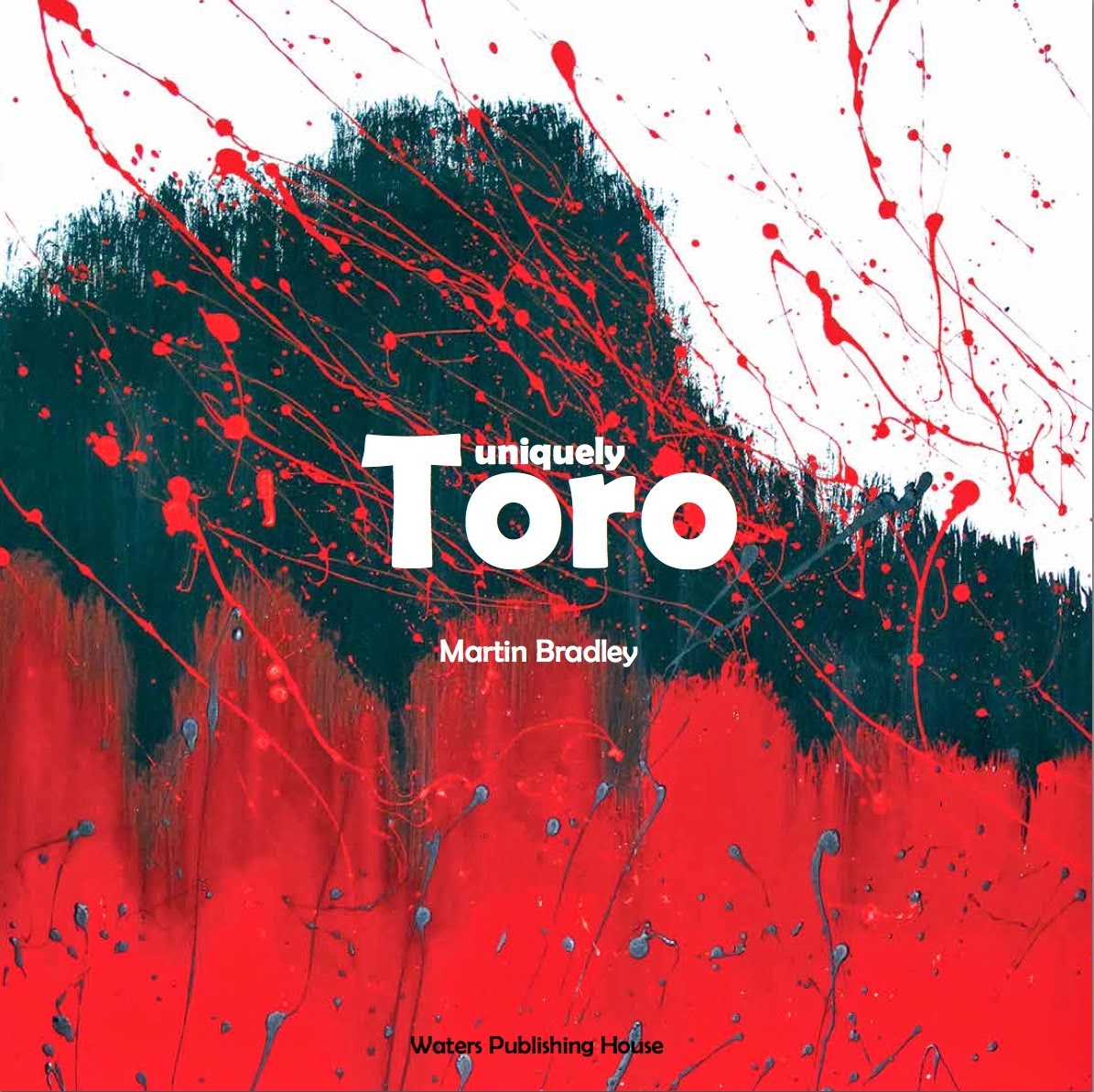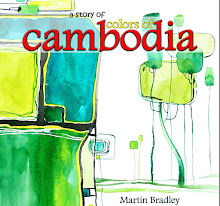According to the exhibition and cultural centre Firstsite, Colchester, England, the exhibition of ‘Denis Wirth-Miller: Landscapes and Beasts’ is on from October 1st 2022 to January 22nd 2023. It “ … follows Firstsite’s critically acclaimed 2021-22 exhibition ‘Life with Art’ – an exhibition which focused on artists of The East Anglian School of Painting and Drawing, of which Denis Wirth-Miller and Dickie Chopping were a part and Francis Bacon visited.” That said…
Ever since I’ve returned to my old home town (Colchester, Essex, June 2021), after living almost two decades in Asia, I have found myself discovering a renewed interest in the history of art of the area (England’s East Anglia). Firstsite’s series of exhibitions, including the 2021 exhibition (mentioned above and meticulously researched and put together in combination with Firstsite by Colchester Art Society’s Simon Carter and Melvyn King) have been a great boon to my knowledge acquisition. It has led to me looking closer at those artists who had brought notions of the artistic avant-garde/Modern art to East Anglia’s Colchester (Essex, England) and its environs.
Last year’s exhibition, ‘Life with Art’, concentrated on the founding and running of the Benton End East Anglian School of Painting and Drawing, and the diverse young artists who became associated with it. This included Denis Wirth-Miller and his life partner Richard (Dickie) Chopping, both of whom had eventually settled in Wivenhoe after first living in London’s Fitzrovia, Wormingford in Essex and in the old Tudor house of Suffolk’s Benton End, along with other self- exiled young (new) bohemians.
This fresh Firstsite exhibition adds another vital branch to the already existing tree of Benton End and its artistic and exotic fruit. In so doing, the exhibition gives its visitors the opportunity to engage with a larger selection of Denis Wirth-Miller’s work. This new exhibition enables the visitor to look at Wirth-Miller’s work in more detail, and consider the interactions Wirth-Miller had, and in particular with the Irish born, British art bad boy, Francis Bacon a giant in the modern history of British art.
Denis Wirth-Miller (born Dennis Wirthmiller in Folkestone, Kent to a Bavarian father and British mother,1915) has long been an unsung British artist. He died in Colchester’s General Hospital, of vascular dementia, in the October of 2010. His long time partner ‘Dickie’ Chopping had died two years previously, while Wirth-Miller’s friend and sometime mentor, Francis Bacon, had died in 1992. Wirth-Miller and Chopping had met Francis Bacon during their carousing days in London’s Fitzrovia (that nest of literati and the artistically inclined laying between London’s Fitzroy Square and Oxford Street). Whether Wirth-Miller’s lack of continued prominence in the British
art hierarchy was due to his decision to move out from Britain’s wartorn ‘Bohemian’ world of inner-London’s Fitzrovia, along his lifelong partner Dickie Chopping; returning to Chopping’s roots along the Essex/Suffolk border of East Anglia, or not, is a separate issue. The two men’s long time friendship with Francis Bacon, saw the art historical limelight shine on Bacon, casting shadows on artists such as Graham Sutherland (Bacon’s previous mentor) and away from artists such as Wirth-Miller (Bacon’s next partner in art crime).
On entering Colchester’s Firstsite’s ‘Landscapes and Beasts’ exhibition
(curated by James Birch with Firstsite’s Sarah Hall’s support as coordinator),
Bacon’s influence over Wirth-Miller’s artistic style is quickly made evident. In Wirth-Miller’s defense, and before talking further about that exhibition, I need to add a quote from a piece I have previously published (in The Blue Lotus magazine issue 16, pages 40- 55, 2019) about a perceived resonance of Graham Sutherland’s work in that of the early Francis Bacon. Why, will soon become evident.
“Bacon and Sutherland had been friends during the 1940s, with the already well established Sutherland advancing Bacon’s career, and with much painterly cross-fertilisation occurring. This becomes evident in paintings such as Sutherland’s ‘Gorse on Sea Wall’ (1939). It is no wonder then, that those ‘echoes’ occur, passed, as they had been, from Sutherland to Bacon… It is that metamorphosis, that evolving which is the product of freedom of the artist’s mind, freedom to experiment, for the artist to create without fear.” as there are intimations of Graham Sutherland’s style in that of the young Francis Bacon’s work (1940s) later (1950s) Bacon and Wirth- Miller collaborated in the British Wivenhoe studios, now highlighted by the ‘Landscapes and Beasts’ exhibition. True to the exhibition promise, the first images we encounter as we turn to our left (and opposite the very large exhibition lettering) are those of landscapes. Specifically one 1939 painting ‘Stour Valley Landscape’ which is an oil on canvas by Denis Wirth-Miller, and next to it ‘Garden Landscape’ (oil on stucco, 1941).
In a sense, those innovative images wrought by the artist Graham Sutherland, who had risen to be considered one of the elite in modern British art, long haunted both Denis Wirth-Miller and Francis Bacon. With Wirth-Miller it was landscapes recollecting Sutherland’s ‘Grasses Against Dark Sky’ (1963) et al, and perhaps foreshadowing Wirth- Miller’s later return to rural landscapes, post Francis Bacon’s influence on him. On closer examination, works such as Sutherland’s “Green Tree Form’ (1940), might also be seen to predict Bacon’s ‘Three Studies for Figures at the Base of a Crucifixion’ (1944). The young, ambitious, Francis Bacon had long admired Sutherland’s work, so much so that Bacon wrote of his admiration in a series of letters to Sutherland, reminiscent of the awe in which the young Salvador Dalí had held the older Pablo Picasso. Sutherland’s influence on Bacon and Wirth- Miller is not mentioned at the Firstsite exhibition, only the connections between Francis Bacon and Denis Wirth-Miller.
In the Firstsite exhibition, opposite the aforementioned Wirth-Miller images, is a purple wall divider. On that divider is a brief explanation of the intent of the exhibition, which is to re-present the fifty year friendship between Denis Wirth-Miller and Francis Bacon in the largest exhibition of its kind (to date) featuring the works of Wirth- Miller, interspersed with appropriate images by and of Francis Bacon.
In his volume ‘The Visitor’s Book’ (Constable, 2016) Jon Lys Turner (from whom most of the exhibition’s works have come) talks about the closeness of the relationship which B iller had continued over time. Turner relates that…
“One afternoon in 1949, Wirth-Miller took Bacon to visit the Victoria and Albert Museum in order to show him the work of the Victorian photographer Eadweard Muybridge (1830-1904)…The images would have a significant effect on the work of both men over the next five years. After each of the artists’ deaths, copies of Muybridge images were found littered on the ground of both their studios.”
Those works were from Eadweard Muybridge’s 1887 book, ‘Animal Locomotion’
(aka ‘An electro-photographic investigation of consecutive phases of animal
movements. 1872-1885’), images from which are in a showcase in the Firstsite, 2022, ‘Landscapes and Beasts’ exhibition. In Firstsite’s small catalogue to the Wirth-Miller exhibition, Andrew Wilson, in his essay ‘A Study of the Objectification of the Bestial’, suggests that in Wirth-Miller’s series ‘Dogs in Motion’ (1953-54) “The dog is a moving bodily force, unhesitatingly described but also portraying the evanescence of life: matter and energy that are here one moment and then gone.”
Provoked by those Muybridge plates from ‘Animal Locomotion’, perhaps, but with suggested intimations of Graham Sutherland’s work and that of the Italian ‘Futurist’ Giacomo Balla (in particular his 1912 painting ‘Dinamismo di un cane al guinzaglio’ - Dynamism of a Dog on a Leash). The depiction of ‘movement’ became a meme resonant in the Bacon/Wirth-Miller (1950s) collaborations, and of Bacon’s images, analogous to those of Sutherland. As Parmenides was wont to say "Ex nihilo nihil fit” (nothing comes from nothing).
Overall, Colchester Firstsite’s exhibition ‘Denis Wirth-Miller: Landscapes and Beasts’, completes its two tasks with aplomb. It does add to existing knowledge about prominent British artists in the East Anglian region, and their relationships with the burgeoning modern British art, as well as charting the relationship between the largely overlooked Denis Wirth-Miller, and the more famous Francis Bacon.
What I took away from that exhibition, was the need for a more permanent exhibition collection which encompasses both of the exhibitions mentioned, and acts as a resource for the further study of modern British Art in the East Anglian region, its links and interconnections as begun with the 2021 ‘Life with Art’ exhibition.








